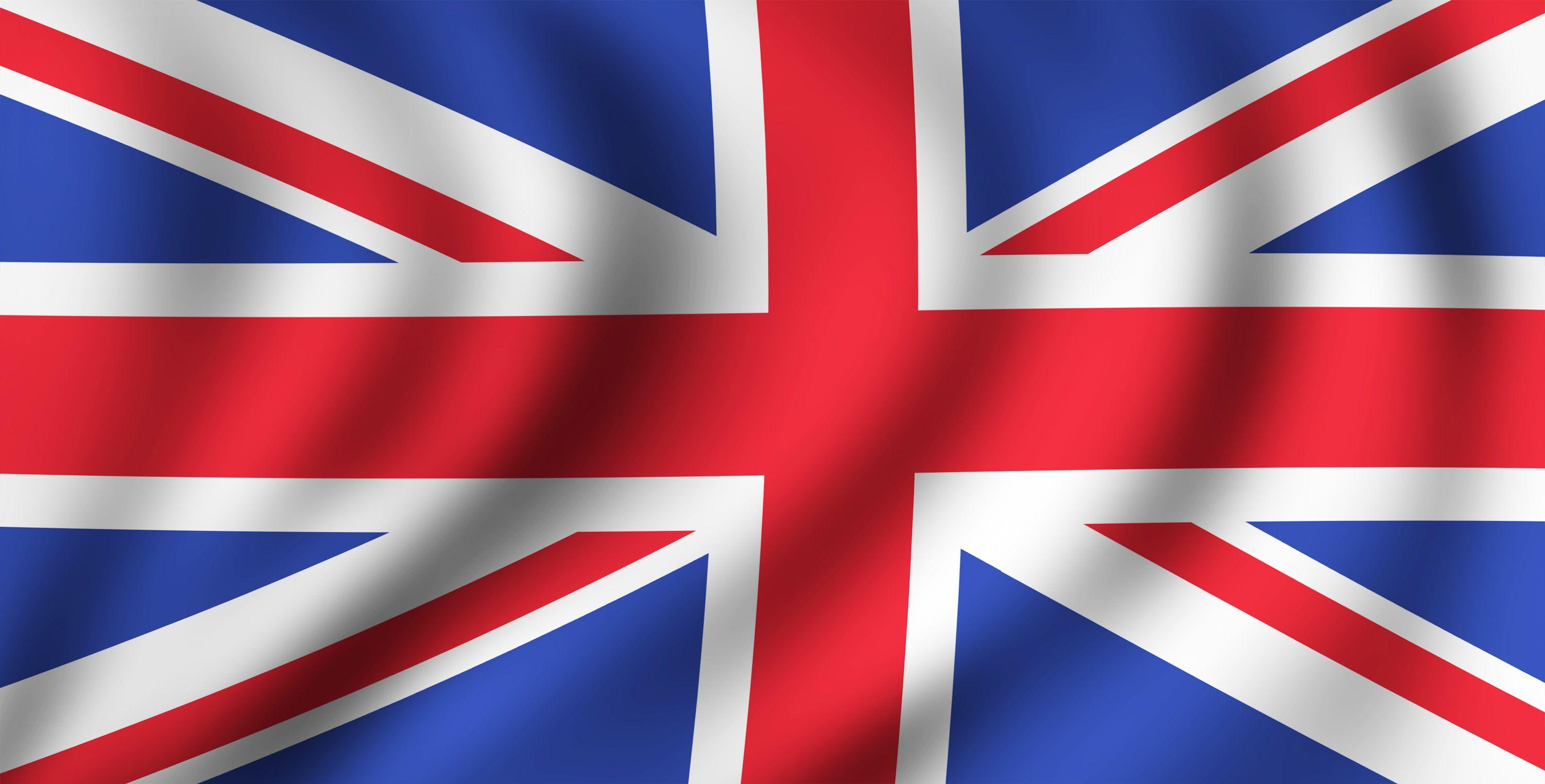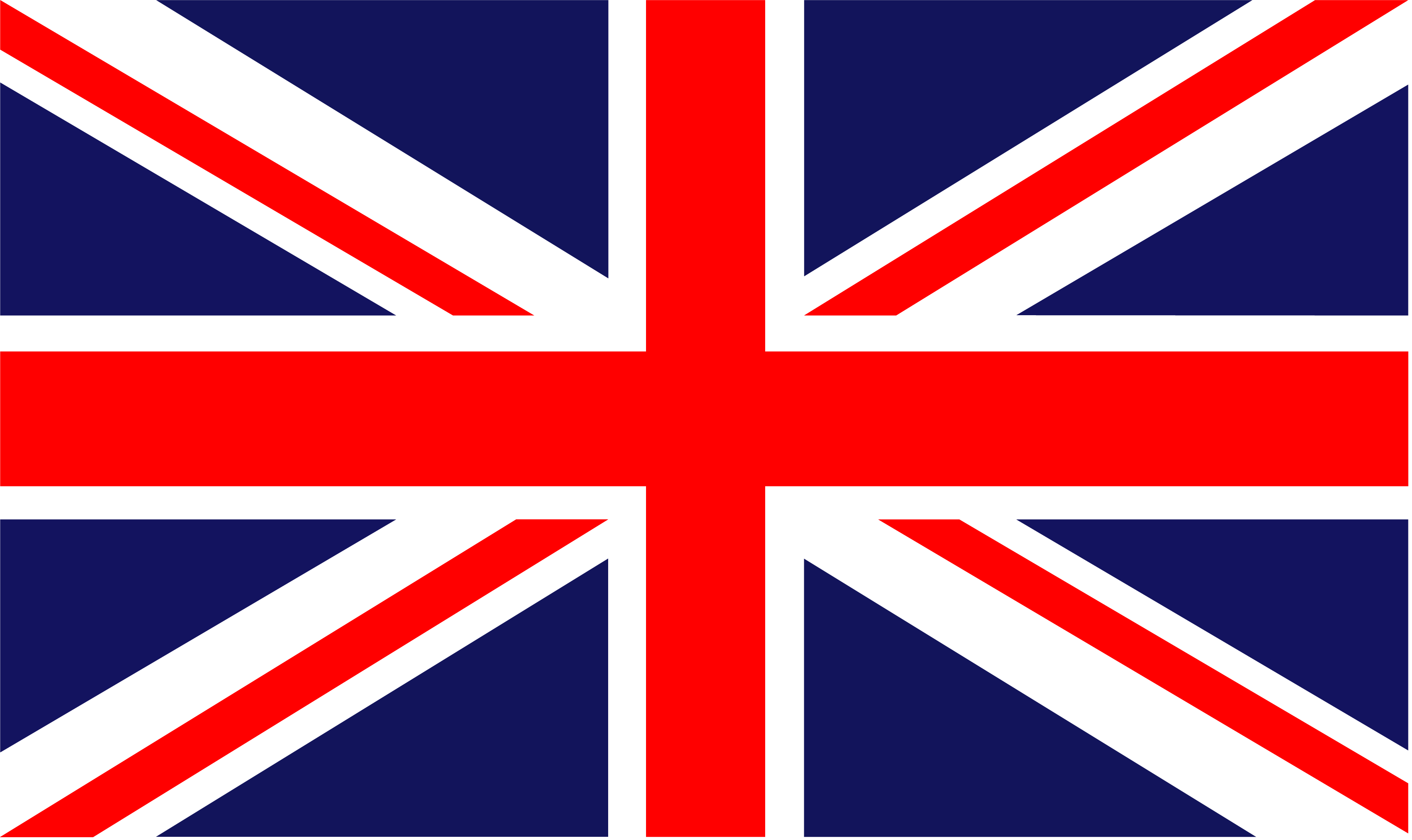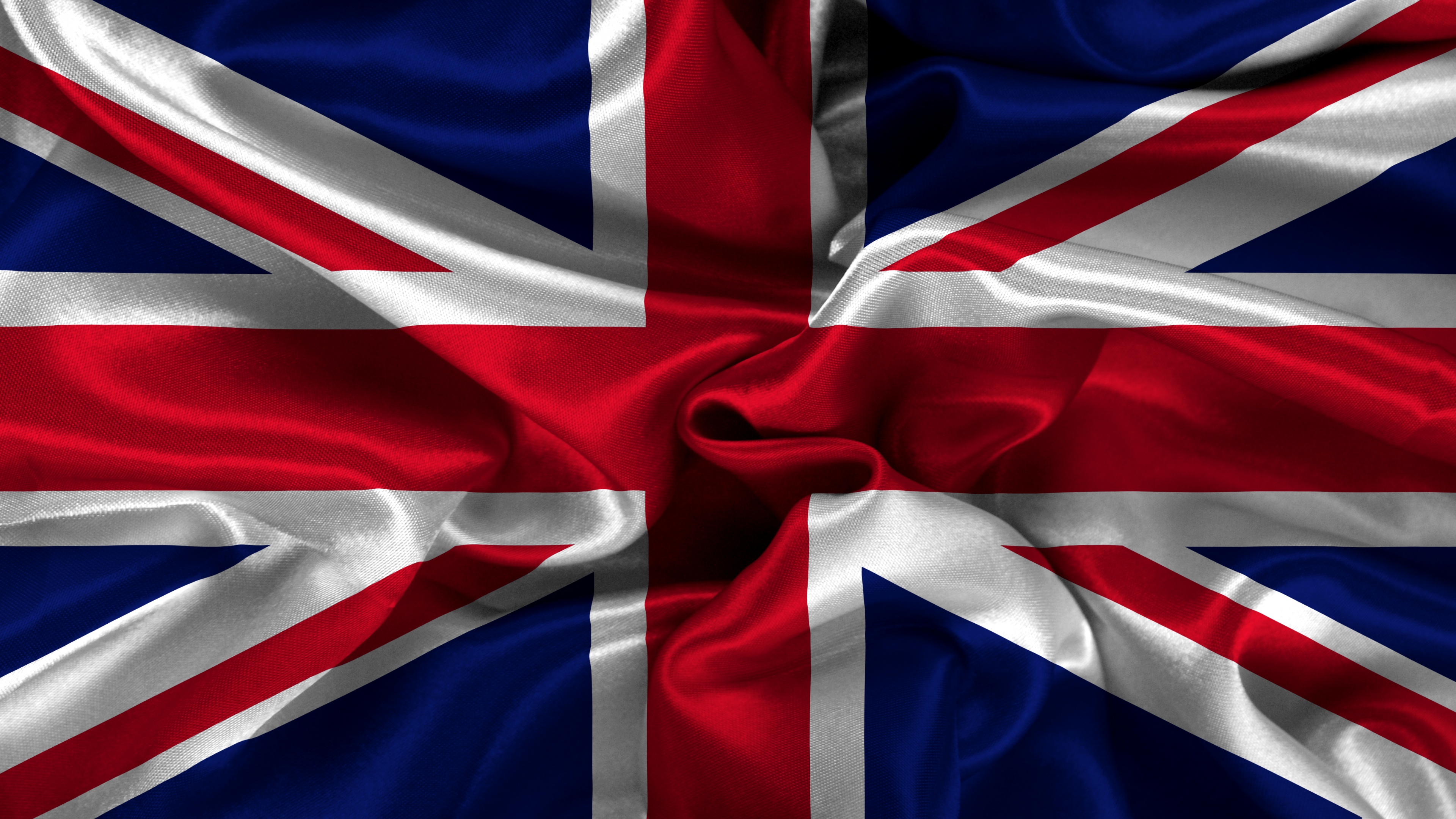British Flag - Its Look And History
The flag representing the United Kingdom is a symbol recognized across the globe, a piece of fabric with a design that tells a story. It has flown in countless places, and its appearance carries a lot of meaning for many people. This banner, you know, has a deep connection to the identity of the people of the United Kingdom, and it represents a long stretch of time and events that shaped the country.
This particular flag is very often called the Union Flag, or quite commonly, the Union Jack. These names are used to speak about the national flag of the United Kingdom. It is, you see, a design that has remained the same for a good while, since a very specific year in history, which we will look at a little later. It’s a design that brings together elements from older flags, creating something new from parts that were already there.
When you look at this flag, you might notice it has distinct parts, each representing a different area that forms the larger nation. These parts come together to form the complete picture of the British flag. It is, in a way, a visual representation of how different parts of the country are joined together under one shared banner, displaying their common identity for the whole world to see.
Table of Contents
- What is the British Flag Called?
- How Did the British Flag Come to Be?
- What Makes Up the British Flag's Appearance?
- Did the British Flag Fly Everywhere?
What is the British Flag Called?
The flag that stands for the United Kingdom has a couple of names that people use regularly. It is known as the Union Flag, which is one of its formal titles. But, perhaps even more commonly, people refer to it as the Union Jack. Both names speak about the same national banner, the one that represents the entire nation. It is, you know, quite interesting how a single object can have more than one widely accepted name, showing a bit of its long history and how it came to be known over time. The flag, in its very essence, is a symbol that unites different parts of a larger whole, and its names reflect this joining together of various elements into one national representation. So, when you hear either of these names, they are both pointing to the same significant piece of national identity, a piece of fabric with a very deep story.
The Names of the British Flag
People who live in the United Kingdom, and those who are interested in its story, often use these two names interchangeably when speaking about the national symbol. The Union Flag is, in a way, the more descriptive name, highlighting the idea of a union of different parts. The Union Jack, on the other hand, is a name that has been around for a long time, and it has a bit of a story behind it, too. It’s almost like a nickname that stuck, becoming just as official as the formal title. This dual naming convention helps people talk about the flag in different contexts, whether they are being very formal or just chatting casually about it. It is, you see, a common thing for important symbols to gather a few names over their lifetime, reflecting how they are used and spoken about by different groups of people. Pretty much, both names point to the same well-known flag.
Why the British Flag is Called the Union Jack
There is some curiosity about why this particular flag is often called the Union Jack. The word "jack" has, over time, been used to refer to a certain type of flag. In British use, the term "jack" has been around since the 17th century. It usually meant a small-sized flag of the period, which was a Union Flag. This smaller version of the Union Flag was, in a way, inserted into other flags or flown in particular places, especially on ships. So, the name "Union Jack" came to describe this specific usage or size of the Union Flag. It’s not just any flag; it’s a Union Flag that has a particular history of being called a "jack" due to its role or size. You know, it shows how language changes and how certain words get attached to things over a long period. The name has stuck, and now it is simply what many people call the British flag, regardless of its size or where it is flying.
How Did the British Flag Come to Be?
The story of the British flag, as we know it today, goes back a good many years. It wasn't always this exact design, of course. Like many national symbols, it evolved over time, with different elements being added as the country itself changed and grew. The very first flag that was meant to represent Britain as a whole was introduced a long time ago, back in the early 17th century. This initial appearance of a shared British flag marked a significant moment in the country's story, bringing together symbols that had previously stood alone. It’s a bit like putting together pieces of a puzzle to make a bigger picture, showing how different parts of the land started to see themselves as part of a larger, single entity. This flag, in its earliest form, was a powerful visual statement about unity and a shared identity across various regions. So, its beginnings are tied to moments of joining together.
The Earliest British Flag
The very first flag that was introduced to represent Britain as a single entity came into being in the year 1606. This happened on the proclamation of King James I. At that time, it was known simply as the British flag, or sometimes, the flag of Britain. This was a really important step, as it created a shared visual symbol for the newly joined parts of the land. Before this, different areas had their own distinct flags, but this new design was meant to show a common bond. It was, in some respects, a visual declaration of a new era, where separate kingdoms were now linked under one ruler and one flag. The design of this early British flag laid the groundwork for what would become the more complete version we see today. It started with a combination of two crosses, showing the joining of England and Scotland, and that was a pretty big deal at the time.
What Happened in 1707 with the British Flag?
The year 1707 holds some importance in the story of the British flag, particularly concerning the use of the "jack" term. While the general design of the Union Flag had been around since the early 1600s, the practice of inserting a small-sized Union Flag, known as a "jack," became a more established thing around this time. This means that the Union Jack, as a specific term for a smaller version of the national flag, gained more consistent use after 1707. It's almost as if the different parts of the flag's identity and its various names started to settle into their established patterns around this period. The flag itself continued to represent the growing unity of the nation, and its common names and forms became more fixed in the public mind. This date helps us trace how the flag's identity, both in its look and its names, developed over the years, showing a clear progression in its national recognition and common usage.
What Makes Up the British Flag's Appearance?
When you look closely at the British flag, you can see that it is made up of several distinct parts. These parts are not just random designs; they each represent one of the kingdoms that form the United Kingdom. The flag is, in a way, a collage of these older, individual flags, brought together to create a single, unified national emblem. This combination tells a story of different areas coming together under one banner. It's quite interesting how these separate symbols are layered and combined to form the complete picture. The colors and shapes are very specific, and they hold meaning for the people who recognize them as representing their heritage. So, the flag’s appearance is a direct reflection of the history of how the United Kingdom was formed, with each element pointing to a specific part of that long story.
The Elements of the British Flag
The flag of the United Kingdom, which is often called the Union Flag or Union Jack, consists of three main elements, as described in its composition. The first element is the cross of St. George, which represents England. This part of the flag is seen as a red cross set against a white background. It is a very simple yet powerful symbol, deeply connected to England's past. The second element is the cross of St. Andrew, which stands for Scotland. This part of the flag is a white diagonal cross, also known as a saltire, placed on a blue background. This design, too, has a long history and is very much associated with Scotland. These two crosses are combined in a specific way to form the base of the Union Flag. It is, you know, a clever way to show the joining of these two distinct parts of the land into one shared national symbol, a visual representation of their long-standing connection. The way these crosses are arranged on the flag tells a story of their historical coming together.
The British Flag's Look Since 1800
The current design of the British flag, the one we see flying today, has been the same since a very specific historical event: the Act of Union in 1800. This means that for over two centuries, the flag has kept its exact appearance, symbolizing a consistent national identity. Before this date, the flag had a slightly different look, reflecting the political arrangements of the time. But after 1800, the design became fixed, incorporating all the elements that make it what it is now. This long period of unchanging design gives the flag a sense of permanence and continuity. It’s a bit like a constant visual reminder of the country's structure and its historical journey. The flag is, in a way, a frozen moment in time, representing the union as it was formally established at that point. This long-standing design helps people instantly recognize the British flag, no matter where they are in the world, and it speaks to a shared national story that has been consistent for a very long time.
Did the British Flag Fly Everywhere?
For a great many years, the British flag was seen flying high in a vast number of places all around the world. It was, you know, a very common sight in many different countries and territories. This widespread presence of the flag was not just a random occurrence; it was a strong symbol of British colonial rule. In countries across the world where Britain had influence or control, this flag would be displayed, representing the authority and presence of the British government. It was, in a way, a visual declaration of power and connection to the larger British system. This meant that for many people living in those places, seeing the British flag was a constant reminder of the political situation they were in. The flag, in this context, was more than just a piece of fabric; it was a powerful sign of a particular historical period and the global reach of the British Empire. So, its appearance in so many distant lands tells a very specific part of its story, linking it to a time when Britain had a significant impact on many parts of the globe.

British Flag Wallpapers - Top Free British Flag Backgrounds

Images Of British Flag - ClipArt Best

British flag Wallpaper 4K, Union Jack